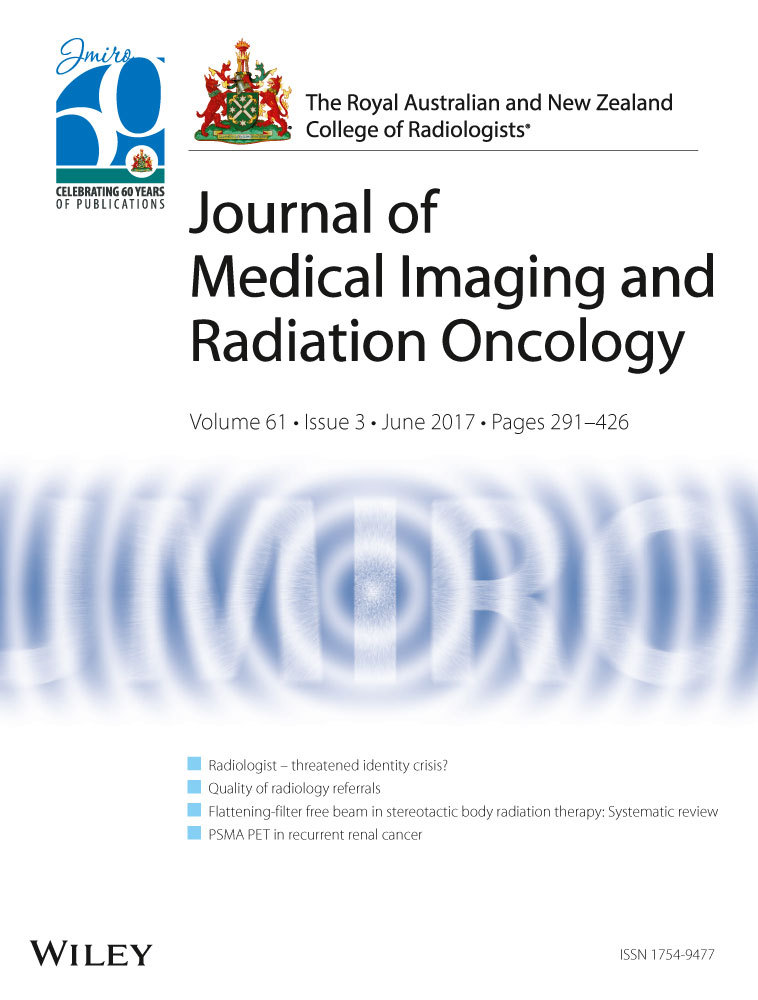Pre-oncall key conditions training for first-year radiology registrars
Abstract
Introduction
The Royal Australian and New Zealand College of Radiology (RANZCR) recognised the importance of experience in on-call and emergency radiology for first-year registrars by introducing ‘Key conditions in Year 1 training’. This list of common radiological pathologies can help to focus preparations for new registrars as they prepare for after-hours duties.
Methods
The Royal Brisbane and Women's Hospital (RBWH) implemented a 12-week formal training programme, based on this curriculum, for new registrars prior to commencing after-hours work. Its impact was assessed by an image recognition and interpretation examination that was administered to registrars before and after training.
Results
Examination results revealed that the prescribed training programme significantly increased both the rate and accuracy of reporting, and that improvements in speed were not at the expense of accuracy. Furthermore, it showed that a 12-week training programme was able to improve novice radiology registrars’ ability to detect radiological abnormalities above that of experienced emergency department clinicians. Performances of consultant radiologists were used as a ‘gold standard’ control.
Conclusion
This research demonstrates the value of a formal training programme in preparing registrars for extended after-hours reporting duties and contributing to important departmental service provision.




